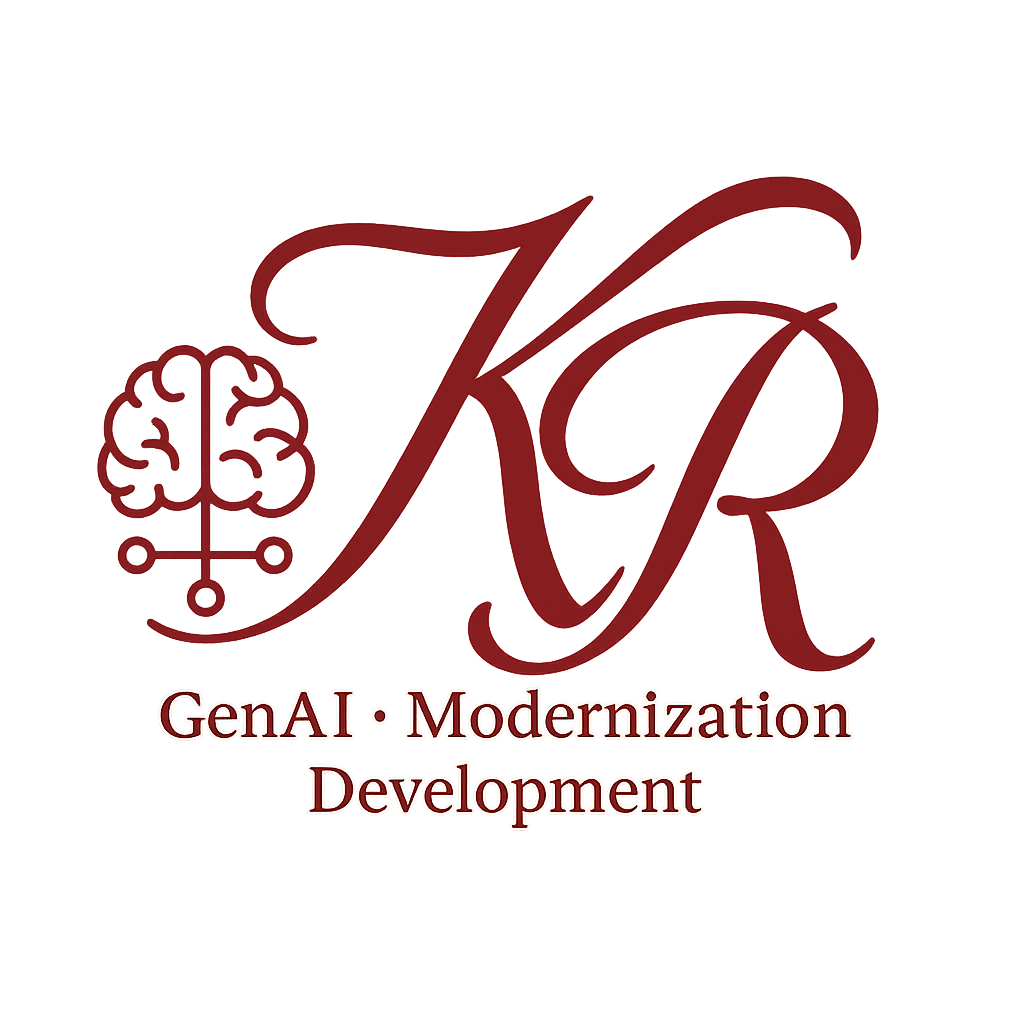Have you ever heard the words AI, Machine Learning, or ChatGPT, and thought:
“This sounds smart, but I have no idea what it actually means.”
You’re not alone—and this post is here to help. No technical background needed. Let’s break it down in simple terms that anyone can understand.
A Simple Picture to Show It All#
To make things clearer, here’s a simple diagram that shows how different parts of AI relate to each other:
Caption: A simple view of how AI, Machine Learning, Deep Learning, Generative AI, and Conversational AI fit together.
- The biggest circle is AI – it includes everything smart machines can do.
- Inside AI is Machine Learning – machines that learn from data.
- Inside that is Deep Learning – the most powerful type of learning.
- Off to the side is Generative AI – used to create things like text and images.
- Conversational AI overlaps with Generative AI – it helps machines talk with people.
This simplified map helps show that:
- All these technologies are connected.
- But each one has a different job.
What is Artificial Intelligence (AI)?#
Artificial Intelligence, or AI, is when a computer or machine can do tasks that normally need human thinking.
Examples include:
- Making decisions
- Understanding what you say
- Solving problems
It’s like giving a computer a bit of “brainpower” so it can help us do more than just follow instructions.
What is Machine Learning?#
Machine Learning (ML) is a part of AI.
Instead of programming a computer with step-by-step rules, we let it learn by example.
For example:
- Show it many photos of cats and dogs, and it learns to tell them apart.
- Feed it weather records, and it learns to predict tomorrow’s forecast.
It learns just like we do—by seeing lots of examples and figuring out the patterns.
What is Deep Learning?#
Deep Learning is a more advanced version of machine learning. It can:
- Recognize faces in photos
- Understand voice commands
- Translate one language into another
It works by using large amounts of data and figuring out very tiny patterns that help it make smart decisions.
What is Generative AI?#
Generative AI creates new things. It can:
- Write articles or poems
- Draw pictures or art
- Compose music
- Even write computer code
The key idea is this: It doesn’t just copy—it creates something new based on what it has learned.
What is Conversational AI?#
Conversational AI is designed to talk with people. It can:
- Understand your questions
- Answer clearly and naturally
- Chat like a human would
You’ve probably used it in things like:
- Chatbots on websites
- Voice assistants like Siri or Alexa
- Tools like ChatGPT
Today, many conversational tools also use generative AI, so they can respond in smarter, more helpful ways.
Final Thoughts#
AI doesn’t have to be confusing. Think of it like a set of tools:
- Some tools learn
- Some create
- Some talk
- Some just follow fixed rules
All of them work together to make our lives easier and our technology smarter. So the next time someone says,
“That app uses AI,”
You’ll know exactly what they mean—and maybe even explain it better than they can.


